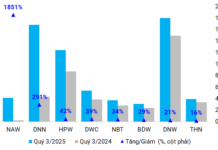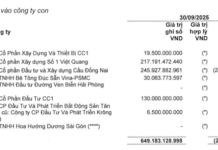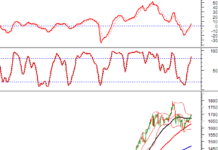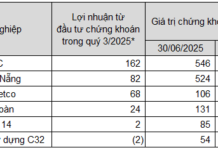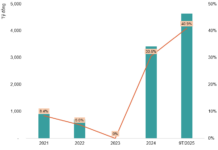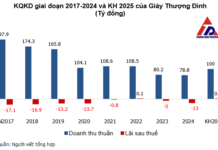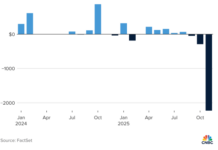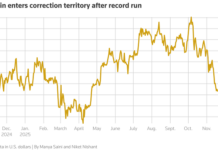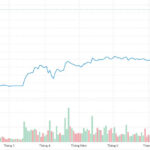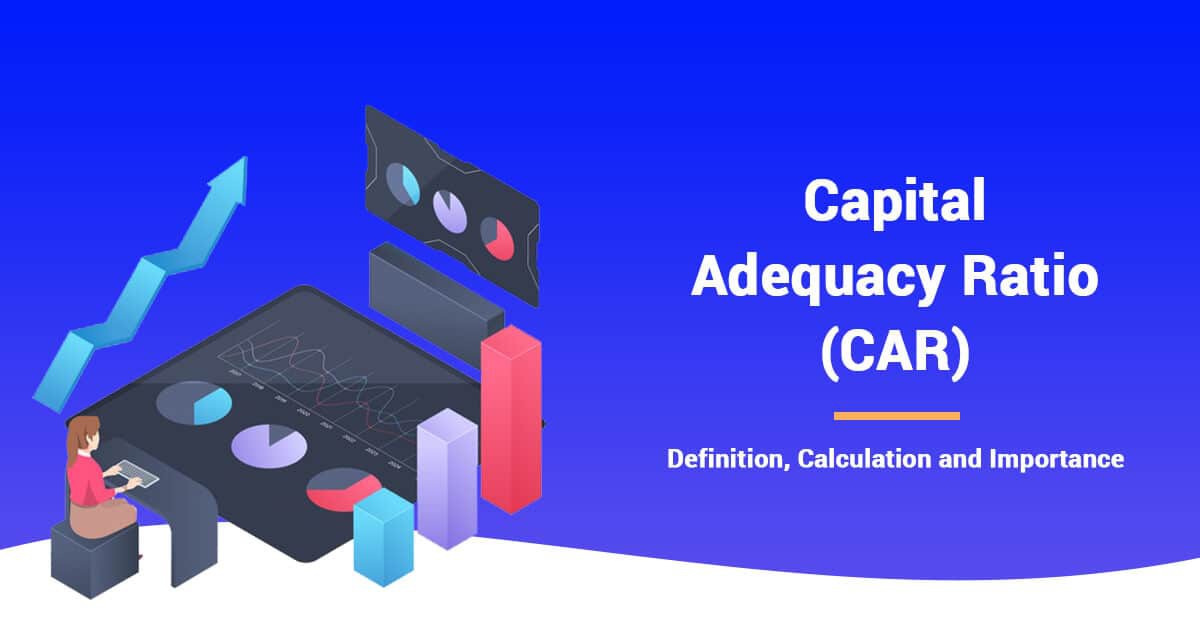 |
What Does the “Capital Adequacy Ratio” (CAR) in Banking Reflect?
The Capital Adequacy Ratio (CAR) indicates a bank’s capital ratio relative to its risk-weighted assets. Also known as the Capital Ratio on Risk-Weighted Assets (CRAR), this ratio is monitored by regulatory authorities to assess a bank’s bankruptcy risk. |
 |
How Is the Non-Performing Loan Ratio (NPL Ratio) Calculated?
It’s calculated as NPL / Total Loan Outstanding |
 |
In the Banking System, What Is Typically Considered a “Non-Performing Loan”?
Non-performing loans are those that are overdue for more than 90 days. |
– 19:28 28/08/2025
“Eximbank Maintains B+ Rating with Stable Outlook from S&P Global Ratings”
The renowned international credit rating agency, S&P Global Ratings (S&P), has assigned a ‘B+’ long-term issuer credit rating with a ‘stable’ outlook to the Vietnam-based Export-Import Commercial Joint Stock Bank (Eximbank). This endorsement underscores Eximbank’s strengthened financial foundation, clear business strategy, and notable enhancements in asset quality, even amidst a volatile macroeconomic landscape.
“SHB Boosts Financial Capacity with 13% Stock Dividend: Empowering the Next Phase”
“With a recent 13% stock dividend payout, SHB has further solidified its position as one of the top five privately-owned joint-stock commercial banks with the largest charter capital in the system.”












